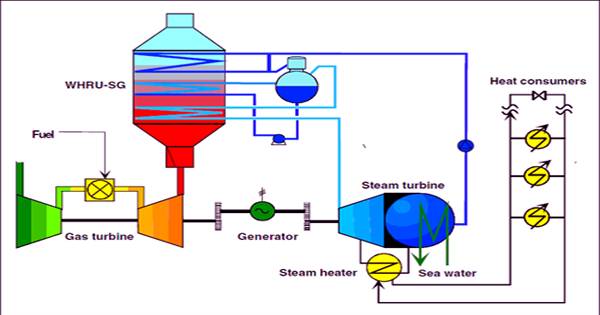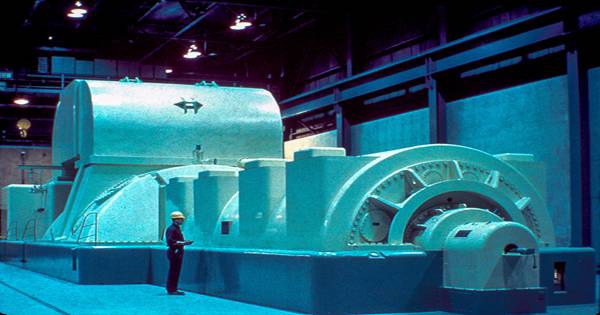A fancy new method of drawing electronic chemical energy directly from sea water means immersive robots; vehicles and detectors can go from deeper to more unknown.
Autonomous submarine sensors, robots, and other devices perform a variety of services, Such as pipeline inspections or temperature monitoring. A reliable, independent power supply is required to enable these systems to function without having to replenish or replenish the power supply on ships operated regularly. A dual-mode seawater collection system engineered by Chinese researchers can now provide high power concentrations and energy concentrations to handle this submerged surface equipment.

The dual-function power generator can generate electricity from seawater
The extreme conditions of the ocean depths present huge challenges for underground search, repair, and surveillance devices, and is equipped with a ship-driven lifeline on the surface is not only limited, but is also often impossible. This means immersive craftsmen and machines truly need their own powered power supply. Of course, this limited resource is limited in scope and can work under the technology waves submerged in the timesheet.
Humans rely on gaseous production of energy for light to moderate practice using oxygen from the air to burn carbohydrates. For short sprints or energy-lifting, our bodies quickly turn into healing muscles that metabolize anaerobically. Similarly, marine organisms are driven for a long time by the energy produced by the reaction of molecules with dissolved oxygen in water but briefly return to different energy modes when more energy is needed.
In the journal Angewandte Chemie, Hu describes a power source that uses a metallurgical structure (MOF), a type of polymer useful for gas storage and purification as a cathode. In this case, MOFT cyanide ions are formed by binding iron ions together.
Professor Ming Hu of East China Normal University thought it could provide a model for remote-controlled submersible or diving robots that spend most of their time slowly with low power, but occasionally have to repair pipelines or collect samples.
Most of the time electrons flow from the metal anode to the cathode, to transfer dissolved oxygen, it converts to O2. If immersive stress does not move to an oceanic dead zone, where an environmental catastrophe removes all oxygen, it can handle it indefinitely – for millions of years, all fish have continued to generate more energy by releasing energy from dissolved oxygen themselves.
However, even in well-mixed water the amount of oxygen is very low so that a lot of electricity can be released quickly through this method. Something different is needed to make the current up. Hu’s device transmits electrons to iron ions, responding to increased electricity demand by changing their position from Fe3 + to Fe2 +. This temporarily gives the MOF a net negative charge, attracting sodium Na + ions from seawater, which restores balance. The concentration of sodium in seawater is much higher than that of dissolved oxygen so electricity can be released faster, without waiting for more water to flow.
MOF contains a limited number of iron ions so it cannot last long. However, the system is self-regenerating – once oxygen is passed into fresh seawater after the need for additional electricity and the iron ions return to Fe3 +, the attraction shifts to a positive charge so that the sodium is washed away.














